Affiliate links on Android Authority may earn us a commission. Learn more.
The awakening of Android's sleeping giant: the Sony story
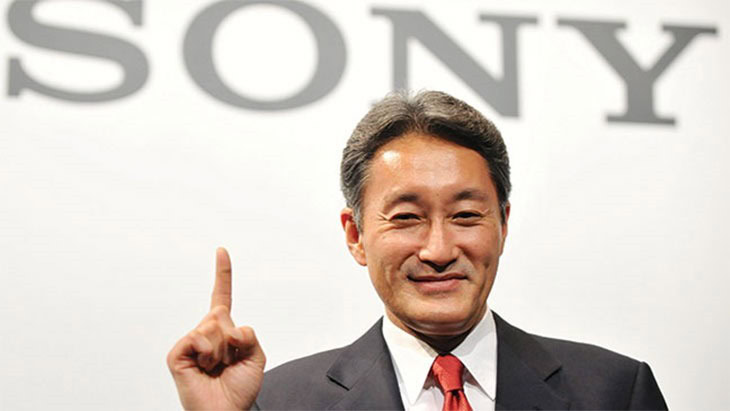
Sony was once an electronics giant. Combining innovation with quality enabled it to dominate the premium end of the market. In recent years, this worldwide conglomerate has had to look beyond electronics to find profit through its entertainment and financial services divisions. The electronics business has fallen on hard times, but there are green shoots of recovery.
A restructuring of the mobile business, dropping the joint Ericsson branding was a good start. Releasing a truly impressive Xperia Z line, encompassing cutting edge smartphones, and possibly the best Android tablet to date, has built a new, richly-deserved confidence in the brand, and the PS4 will land in many living rooms this Christmas. Could this sleeping giant be stirring?
Sonny boy
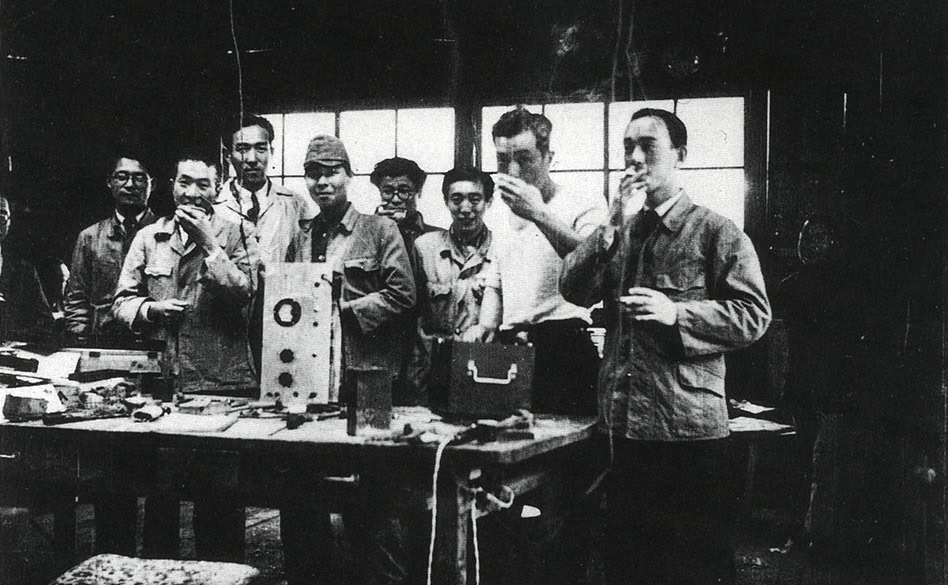
The company that would become Sony was founded in the aftermath of World War II. Engineer Masaru Ibuka and physicist Akio Morita pooled resources and opened a small electronics shop in Tokyo in 1946. It was called Tokyo Tsushin Kogyo K.K. (Tokyo Telecommunications Engineering Corporation) and it was envisioned as a place where engineers could be free to show off their skills in a supportive and fair environment, in contrast to the conditions that many had been forced to work in during the war.
They began to research and manufacture various products including a power megaphone, magnetite-coated, paper-based recording tapes, and a magnetic tape recorder called the G-Type. An important deal with Bell Labs saw the new company licensing transistor technology and a line of commercial transistor radios soon followed, starting with the TR-55 in 1955, which was also the first product to carry the Sony brand. The name was chosen as a mix of Sonus (Latin for sound) and Sonny (based on the American “sonny boy” phrase, which had come to mean young and spirited in Japan). It would become the official company name in 1958.
A passion for technology
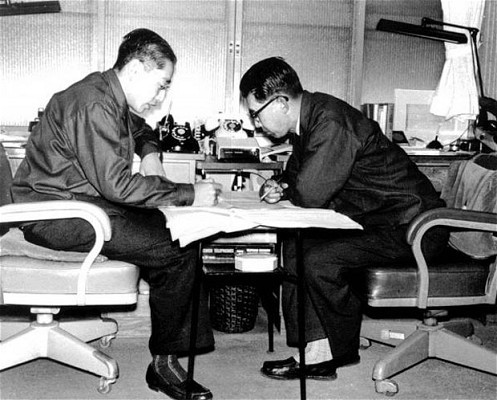
There was boundless ambition within Sony and a belief that it could produce better electronics than its competitors. A commitment to scientific research would soon yield more successes as transistor radios gave way to television. In 1960, Sony established itself in the U.S. and constructed a huge new factory in Japan. It also produced the world’s first portable television, the TV8-301. Ibuka’s feeling was that “The days of radio are over. The future lies in television.”
Sony continued to improve the technology it developed. There were more tape recorders, smaller televisions, and then in 1965 a color TV, the first open-reel VTR (video tape recorder), and the first all-silicon transistor stereo amplifier. In 1968 the first Trinitron color TV, the KV-1310 launched what would become a very successful line.
The number and pace of the innovations coming out of Sony was astounding and it continued into the 70’s. There was the color video cassette player in 1971 and the Betamax VCR in 1975. The Walkman brought portable music to the masses in 1979. Even during the recession of the 1980s Sony produced the first CD player in 1982 and then the 8mm camcorder in 1985.
Missing out on mobile
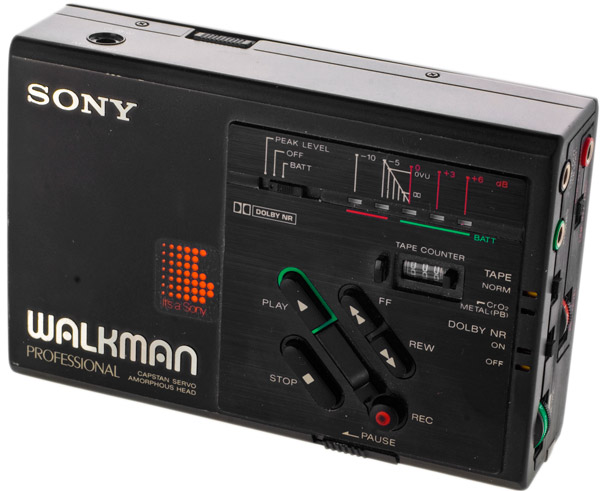
Sony’s impact in the mobile market was disappointing. It backed the wrong technology and it failed to act on internal suggestions that adding mobile phone functionality to its PDA product would be a good idea. Sony could have started working on smartphones back in 2000, but the opportunity was missed.
Getting into bed with Ericsson
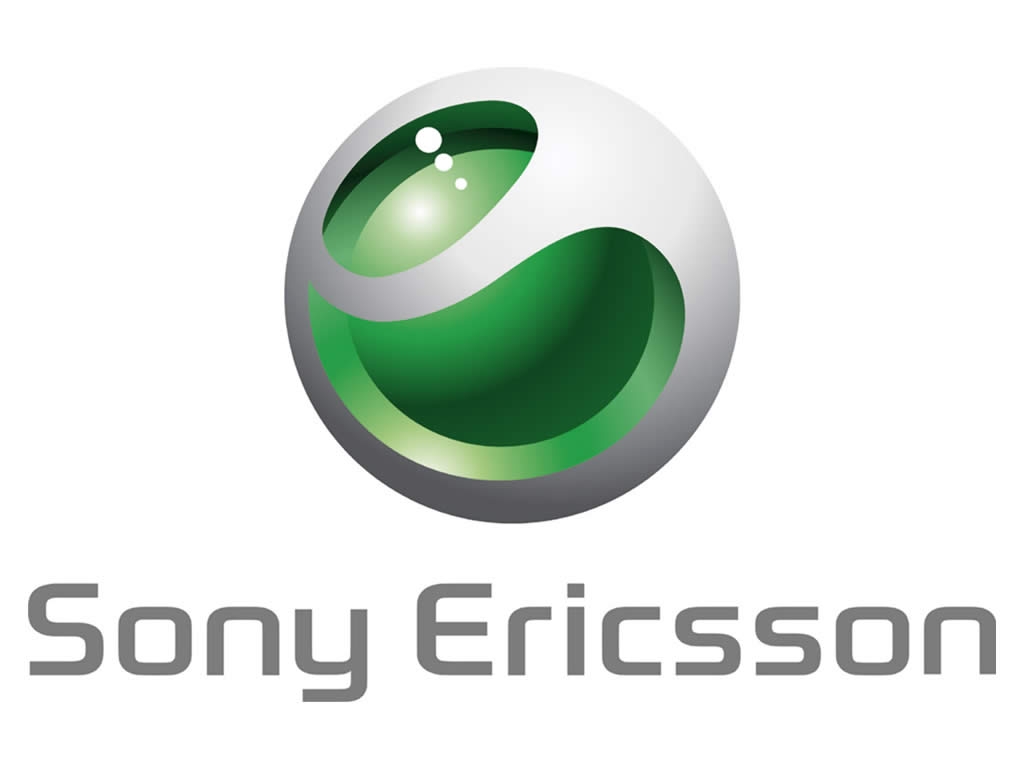
Along with Motorola and Nokia, Ericsson was a true mobile pioneer. The Swedish company had started out repairing telegraph equipment in 1876 and its credentials as a telecommunications giant could not have been stronger. With less than 1 percent of the mobile market, Sony felt a partnership would be beneficial. Ericsson’s understanding of the mobile market would mesh with Sony’s innovative hardware and the two would push mobile phones to new heights.
It didn’t really work out that way. When the joint venture started Ericsson was in the process of shedding jobs, and its share price was tumbling. The wider telecommunications industry was suffering too. The first fruit of the Sony Ericsson partnership was the Sony Ericsson T68i in 2002, a feature-packed candy bar phone with a color screen. A steady stream of devices followed and Sony gradually made its influence felt with phones like the T610 in 2003, which was one of the first phones with a built-in camera.
In 2005 the K750i launched with a 2MP camera and an MP3 player, and the W800i brought the Walkman brand to mobile phones in the same year. Sony Ericsson engaged in a camera war with Nokia. Sony’s Cyber-shot digital camera branding was carried over on devices like the 2006 K800i, which boasted a 3.2MP camera with a Xenon flash. In 2007 the K850i made it to 5MP, but the company was heading in the wrong direction. Proprietary memory sticks and high prices didn’t help, and the iPhone was about change the market. After 2007 Sony Ericsson plummeted into the red.
Grasping for a handhold
The company had built a 9% market share, but in 2008 it fell to 7.5% and Sony Ericsson was overtaken by LG in the charts. Worse was to come in 2009, with large financial losses, closures and lay-offs. Sony Ericsson’s market share fell to just 4.5%. It was going down fast and reaching out for something to break the fall.
It was becoming obvious that Symbian would not bring any further success and the decision was taken to jump on the Android bandwagon in 2010. Sony Ericsson was late to the party. HTC, Samsung, and Motorola were already producing Android smartphones. Sony had never let the dominance of others stop it from entering a new market and it wasn’t about to start now. Its usual strategy was to do things better than the competition and produce premium products that were irresistible.
Getting to grips with Android
The first Android smartphone from Sony Ericsson was the Xperia X10. It had a 4-inch touchscreen with a 480 x 854 pixel resolution, a 1GHz processor, and an impressive 8.1MP camera. There were some positives, but there were negatives too. The fact it shipped with Android 1.6 was a major disappointment. It was also laggy, it had no multi-touch support, it lacked a flash for that great camera, and the keyboard was widely criticized. It wasn’t a disaster, but it certainly wouldn’t be enough to turn the company’s fortunes around.
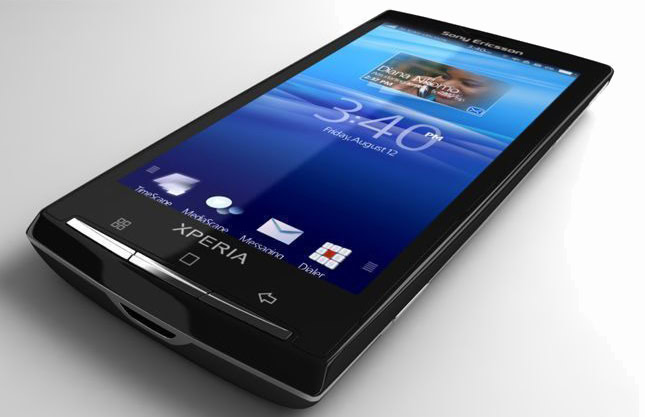
Next up, in 2011, was the Xperia Arc. Sony Ericsson was obviously getting the hang of Android because this phone launched with the latest version of Android, 2.3.2, the lag was gone, the camera had a flash, and it looked gorgeously premium. The main downside was the high price tag.
Around the same time as the Arc, Sony Ericsson launched the hotly anticipated PlayStation phone, the Xperia Play. It had long been touted as a potential savior for the company, but in the end it failed. It was too expensive, the game selection wasn’t great, it was big and heavy, and the marketing machine never got going.
The break up
Sony Ericsson’s sales continued to fall. The margins on the new Android line were better, but that wasn’t enough to stop the losses. By the middle of 2011 Sony Ericsson’s market share had fallen to less than 2% and something had to give. In October Sony announced that it would be acquiring Ericsson’s stake in the business and the deal went through in early 2012.
Sony Mobile released a string of phones in 2012 without the Ericsson branding, starting with the Xperia S, but it struggled for a major success. Attempts to compete in the mid-level sector failed and at the premium end Sony’s releases were not able to beat flagships from Samsung and HTC. Sony had also entered the tablet market in 2011 and the updated Xperia Tablet S followed in 2012. The company was beginning to creep closer to the cutting edge with attractive and powerful hardware, but it lacked a compelling USP when compared with the rest of the Android market.
A new beginning
The Sony Xperia Z kicked off a new round of flagship phones in 2013. It was perhaps the first time that Sony could really lay claim to offering the best Android smartphone on the market. Water resistance helped to differentiate it, the hardware combined Sony’s technological know-how and “the best of Sony in a smartphone” served as a marketing tagline. It boasted really high quality specs and Sony made a serious marketing push in regions where it could reasonably expect to make inroads – namely Japan and Europe.
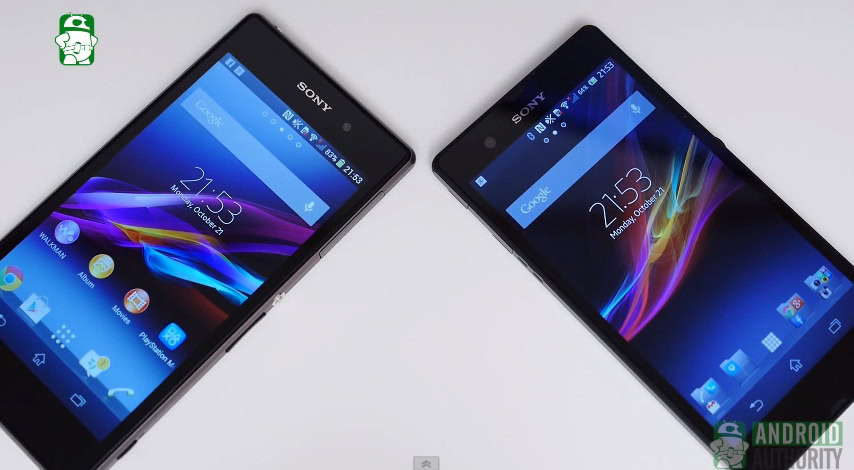
Early signs suggest that sales have been good and Sony may start climbing the mobile charts again. The excellence in smartphone design was replicated in the Xperia Tablet Z, one of the best Android tablets ever made, probably the first to really challenge the iPad. A first foray into phablet territory followed with the Xperia Z Ultra.
A commitment to staying on the cutting edge can be seen in Sony’s surprise update with the Xperia Z1. The Sony Android smartphone and tablet line now has a clear identity, combining a typically stylish, minimalist design language with the latest technology.
The bad news for Americans is that Sony Mobile is focusing on Europe and Japan for the foreseeable future. It intends to build a solid base before it tries a fresh assault on the U.S. and it has never really developed good relationships with carriers stateside, which is still a prerequisite for mobile success there.
Building an ecosystem
The fact that Sony has its own successful entertainment wing can only boost its prospects further. It is also locked into a gaming console war with Microsoft, as the PlayStation 4 goes head to head with the Xbox One to claim your living room. It has long had a reputation for quality in televisions, even if it proves unprofitable, as it has for several years now. What other Android manufacturer can boast its own catalogue of music and movies and a whole world of gaming pleasure? If Sony can find a way to bring these elements together with its mobile devices, then it will be an electronics giant again.